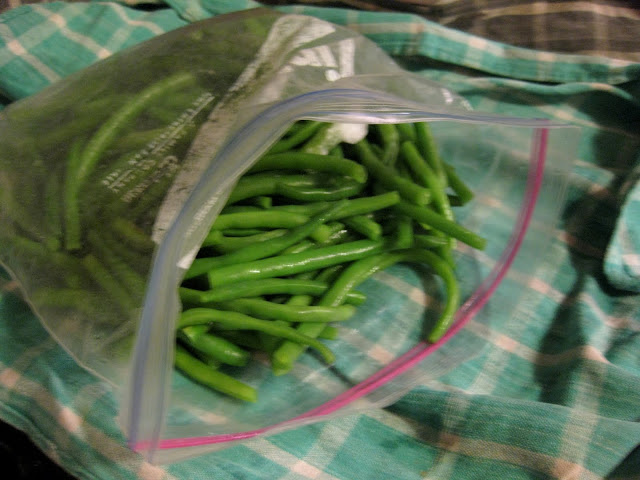It's the end of the month and as my fridge becomes emptier and emptier I find myself getting creative with the items I've yet to use. This time around, the challenge was a forgotten bag of frozen shelled edamame.
Frozen edamame is a great thing to keep on hand. The in-shell variety makes a healthy snack fit for any occasion while the shelled edamame is handy for tossing into stirfrys, salads, or in this case, blending into a unique condiment.
I've tasted commercial edamame pâté and am never pleased with the results. I often find them over-seasoned or sometimes convoluted in flavor. This recipe creates a mild and delicately flavored spread that is easily paired with both asian as well as italian cuisine.
Edamame Pâté
- 1 Cup frozen shelled Edamame
- 1/4 Cup Pine nuts (I didn't have any on hand when I photographed this so I substituted cashews)
- 3 cloves Garlic
- 1/2 Cup fresh Parsley
- 1 Tbl fresh Lemon Juice
- 1/3 Cup Olive Oil
- Salt to taste
1. Boil frozen edamame for 5 minutes till tender.
2. Meanwhile, roughly chop your garlic and parsley.
3. Drain edamame and rinse with cold water to cool.
4. Combine edamame, pine nuts, garlic, parsley, lemon juice, and olive oil in a food processor and blend thoroughly. The texture will be creamy and a bit gritty. You can add a tiny bit of water to make it smoother. Blend in salt to taste.
Edamame Pâté makes a wonderful spread for bread and crackers. The mild flavor makes it an innovative filling for tea sandwiches but the high quantity of garlic also makes it work with most basic sandwich ideas. It is also delicious tossed with noodles and served at room temperature. Try tossing with bow tie pasta and peas or mix into soba noodles and top with sesame seeds for a delicious side dish. You can also top a salad with a dollop. The rich green color brings flair to a variety of dishes!
Makes about 1 1/2 cups





















